A Colonial Home with Colorful Connections
Historic Stories Behind Home at 218 East Padre
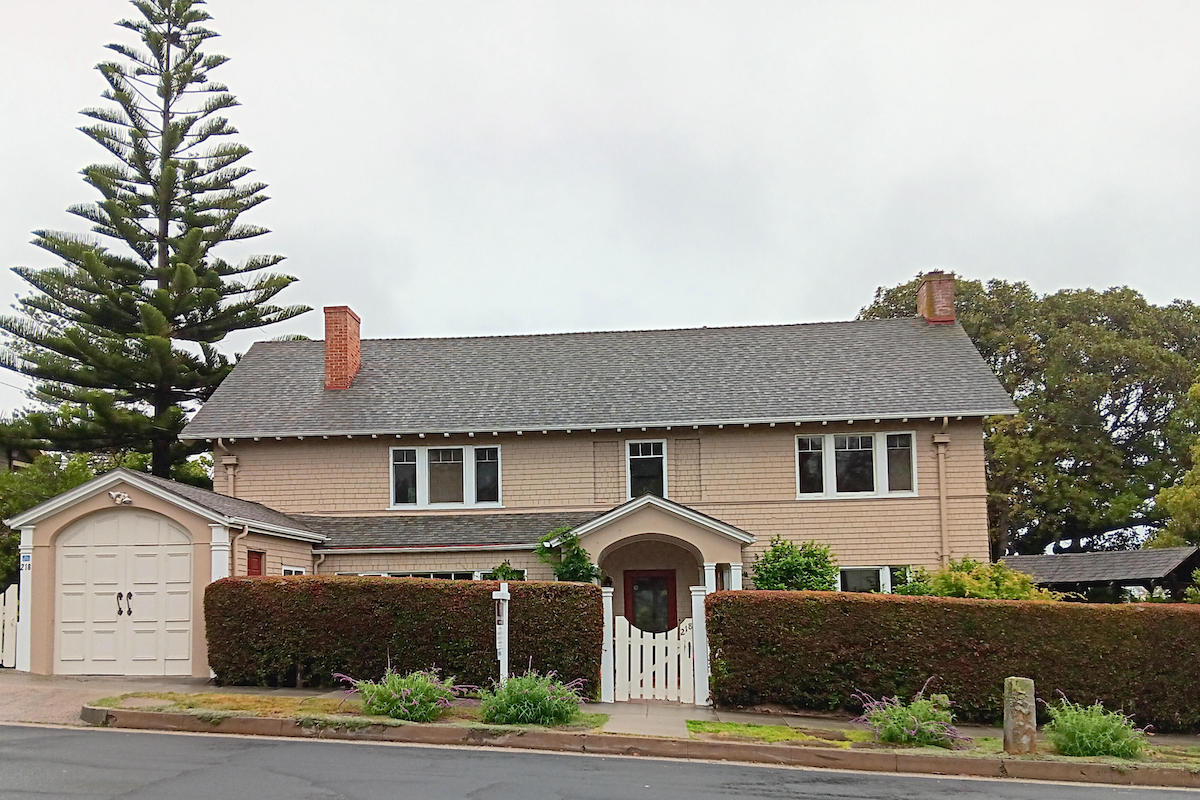
The large Colonial Revival home at 218 East Padre Street was built in 1904 for $4,500 — an above-average price for that time. It was built for a woman — not a common occurrence a century ago. Her name was Mabel Houston Lazear. She was a widow in her mid-twenties with two small children. Taking charge of the construction of her own home was not the only unusual event in her life.


The Cuba Connection
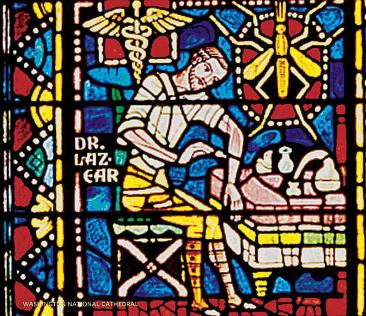
In 1898, the United States had fought the Spanish-American War in Cuba and in the Pacific. During the war, more U.S. soldiers in Cuba had died of tropical diseases such as yellow fever and malaria than from battle wounds. Mabel’s husband, Dr. Jesse William Lazear, had graduated from Columbia University in 1892 and started practicing at Johns Hopkins Hospital in 1895. In 1900, he volunteered to go to Cuba to help investigate how yellow fever was transmitted. Mabel bravely joined her husband with their one-year-old son. She was in Cuba for several months until she became pregnant with their second child.
This was not a safe time for the family to be in Cuba. Not only because of the danger of tropical diseases, but also because of political turmoil. Cuba was transitioning from being a Spanish colony to becoming independent and wanted the American military to leave. But the U.S. armed forces stayed on the island even though the war had ended two years earlier.
But Dr. Lazear was determined to investigate yellow fever. At the time, most experts blamed the spread of the disease on bacteria. But a few experts guessed correctly: that the disease was spread by mosquito bites.
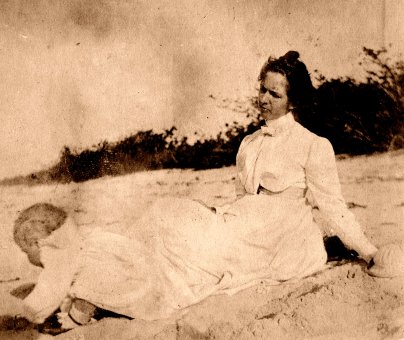
The eventual discovery that mosquitos transmitted yellow fever and malaria was too late to save the soldiers in Cuba, but the discovery paved the way for the successful construction of the Panama Canal. The French had tried to build a canal through Panama in the 1880s but gave up because of the high mortality rate of their workers. The U.S. began construction of the canal in 1904 and worked on eliminating areas — such as uncovered cisterns — where mosquitos breed. The canal was finished in 1915, and Californians celebrated with enormous expositions in San Diego and San Francisco.
Unfortunately, Dr. Lazear died of yellow fever in 1900 after being bitten by a mosquito during his research. He was called a martyr and a hero. He received a number of posthumous awards and honors, including a stained-glass window at the altar of the War Memorial Chapel at the Washington National Cathedral in Washington, D.C.
The doctor was 34, and he died shortly after their daughter was born. His death left Mabel a widow at age 25 with two young children. She and the children settled in Santa Barbara — probably because there were several other Lazear families here. Mabel and the children lived in the home until the children were grown.
The Rose Garden Connection
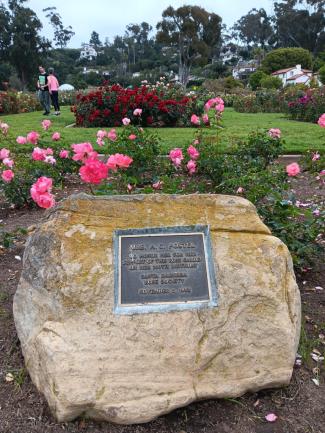
Other residents of the home included prominent attorney Adolphus Claus Postel and his wife, Norma, who lived in this home in the 1930s and ’40s. Rose lovers of Santa Barbara may know that there is a boulder with a plaque in the rose garden in front of the Santa Barbara Mission that honors the Postel family. Norma Postel supported and maintained the garden.
When I visited the home, I was happy to see an old hitching post still on the parkway that I had written about in my recent survey. One thing that is no longer here, thankfully, is the prize-winning kitchen. In 1963, the home was owned by Rev. Stocking of the First Congregational Church and his wife, Elizabeth. They won an award from Better Homes and Gardens magazine for their newly updated kitchen, which featured appliances in the latest color — turquoise! (I am happy to report that these appliances are no longer here.)
Please do not disturb the residents of 218 East Padre Street.
Betsy J. Green is a Santa Barbara historian, and author of Discovering the History of Your House and Your Neighborhood, Santa Monica Press, 2002. Her website is betsyjgreen.com.

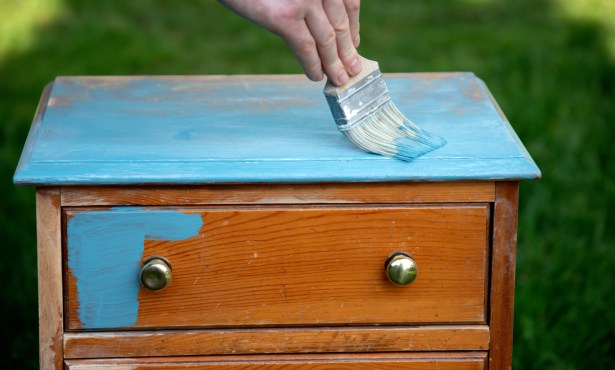

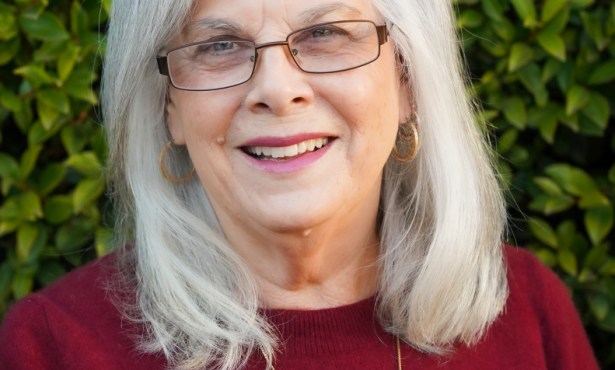
You must be logged in to post a comment.